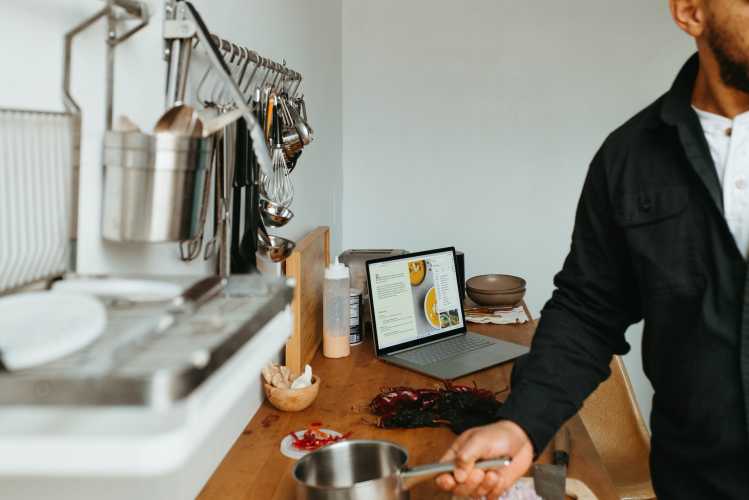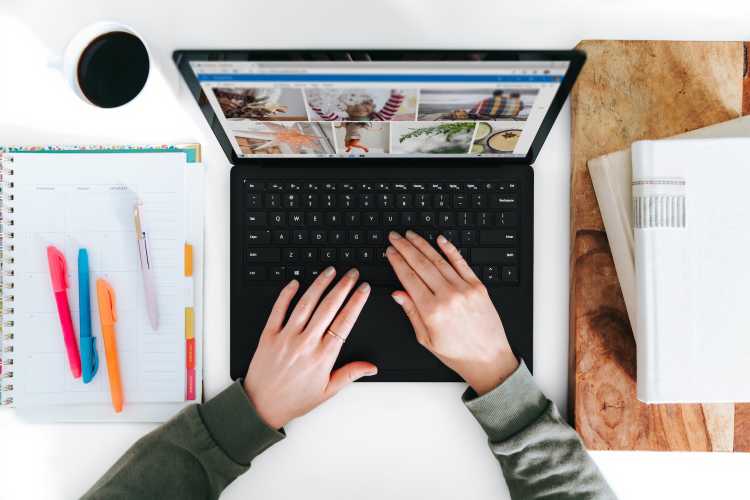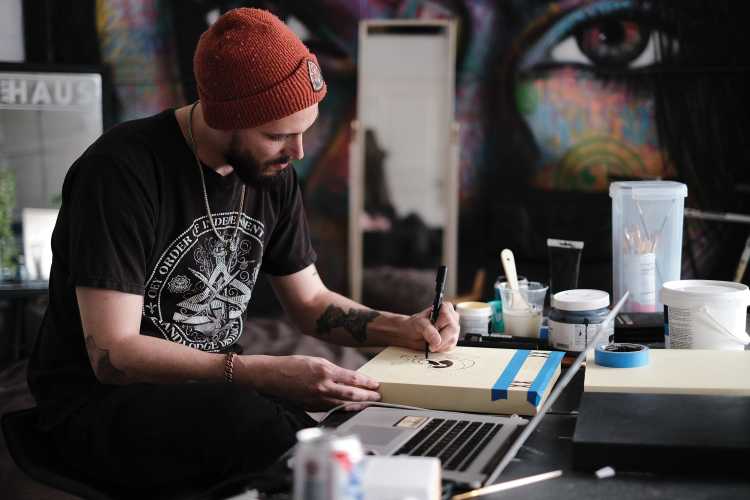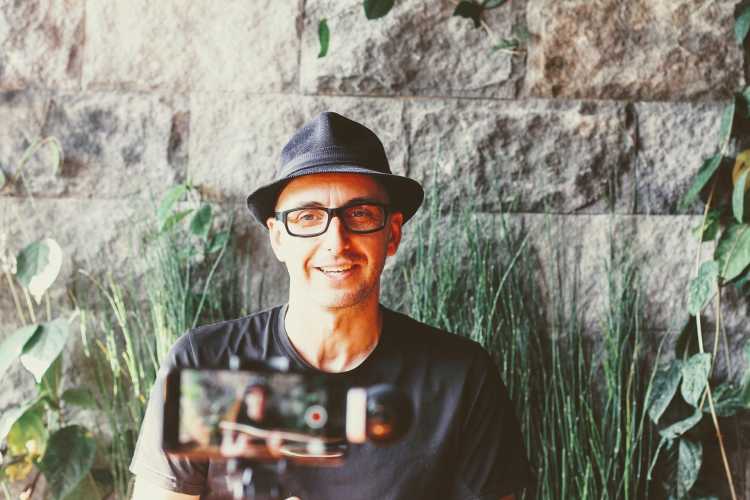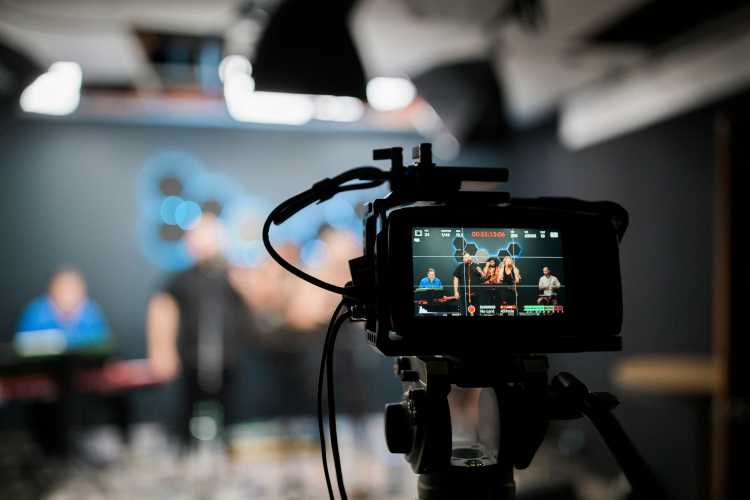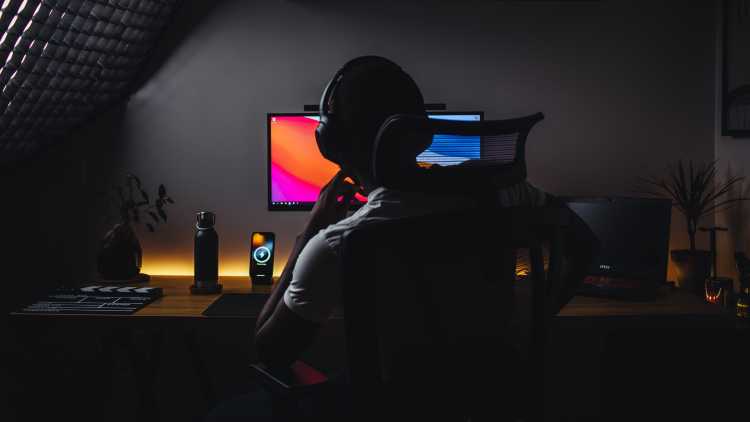Creators & Entrepreneurs
What Is a Paywall? Everything You Need to Know for 2025
A paywall is a digital gate that is used to monetize content, either completely or partially restricting users from accessing it until payment is made.
Author
Mighty Team
Last Updated
July 30, 2025

Table of Contents
If you’ve ever tried to read an article and got blocked or hit a monthly limit on something, you’ve hit a paywall. Paywalls are all around us, and they’re becoming more and more common as membership and subscription businesses thrive – 78% of adults have a subscription of some kind.
In this article, we’ll show you what a paywall is, introduce you to the different types of paywalls, and give you tons of examples of paywalls we all experience every day.
What is a paywall?
A paywall is a digital gate that is used to monetize content, either completely or partially restricting users from accessing it until payment is made. Paywalls are most common on subscription-based sites or platforms, but chances are you’ve experienced paywalls on most of your favorite brands, from your streaming apps to your games to your dating sites.
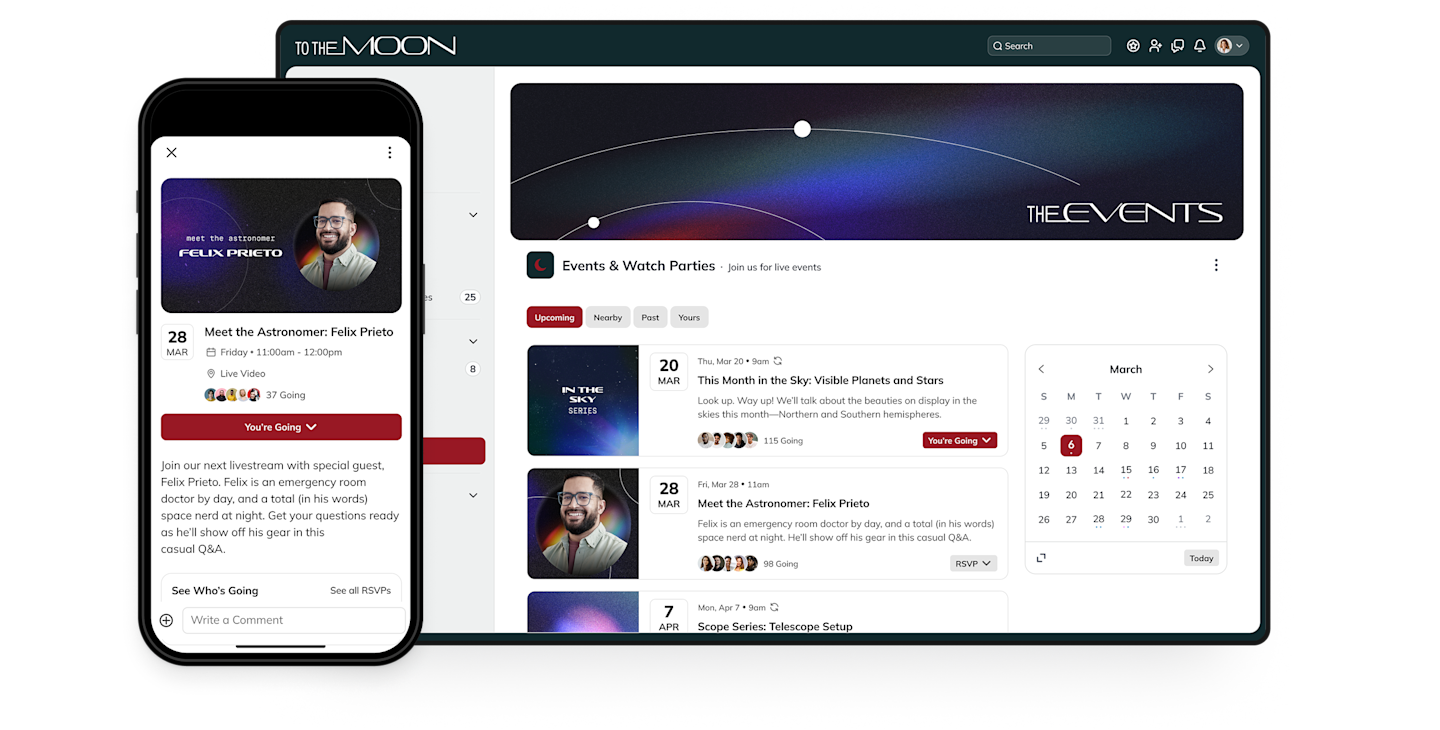
Either way, if you’ve ever seen a pop-up that says something like, “Log in or subscribe to continue using our site” or “buy more features” you’ve experienced hitting a paywall.
So what does a paywall look like?
A newspaper requires a subscription for readers to read more than 5 articles.
A free membership site has paywalls on certain subgroups and courses for premium subscribers.
A blog creates a “members only” premium section by putting a paywall around some of its content.
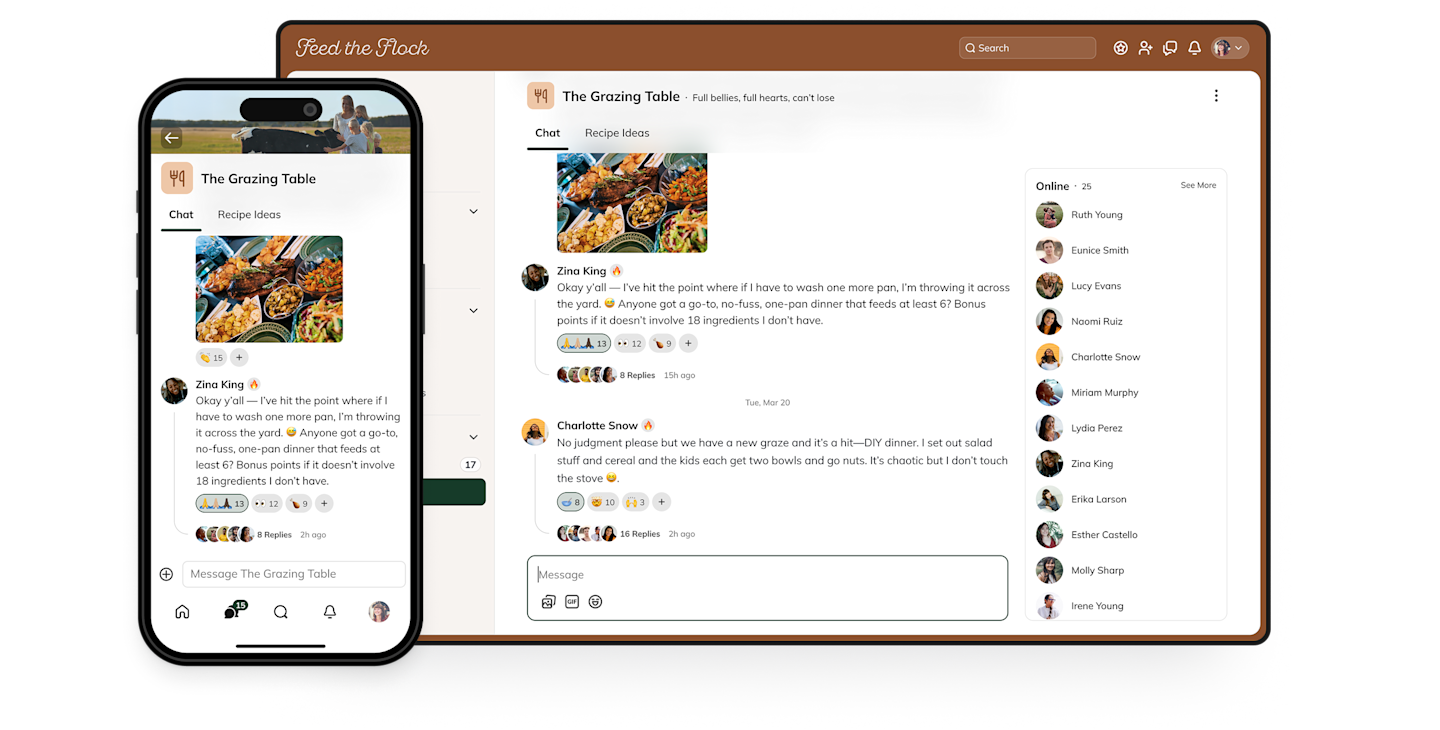
Examples of paywall sites
The New York Times instituted a soft paywall in 2011, and in 2020 it became a larger revenue source than print newspaper subscriptions with over 8 million subscribers.
Wired launched a paywall in 2018 and reported a 300 percent increase in subscribers during their first year.
Substack has 1 million subscribers for individual newsletters through the site. Readers can sample a couple of newsletters in each publisher’s archive to see if they like it, but then must pay the subscription fee.
The Economist has 1 million subscribers and uses a paywall that lets readers access the first few paragraphs of an article but pay to read further.
Types of Paywalls
Not all paywalls are created equally; in fact, creators and brands are constantly experimenting with how to balance paywalls to maximize revenue while retaining their user bases (and hopefully growing!) Here are three of the most common types of paywalls out there.
Soft Paywall
Often paywalls are incorporated into content or websites in such a way that users can sample with the option to purchase a subscription to a premium part of a product or service. This is called a “soft” paywall. With a soft paywall, a part of the content, articles, videos, etc., is available without payment.
So, for example, someone might start a free online community but charge for a premium membership that would include access to additional features–like a mastermind or online course.
Examples of a soft paywall
Medium: The online blog site allows readers to see some of the content for free, but some posts are gated for premium subscribers only.
Spotify: The music-streaming platform lets listeners enjoy a certain amount of music and podcasts free (with ads), and they can pay to upgrade to Spotify premium.
Tinder: Tinder allows anyone to use the platform for free, but they can pay to upgrade to the premium plans for additional features like more views and likes.
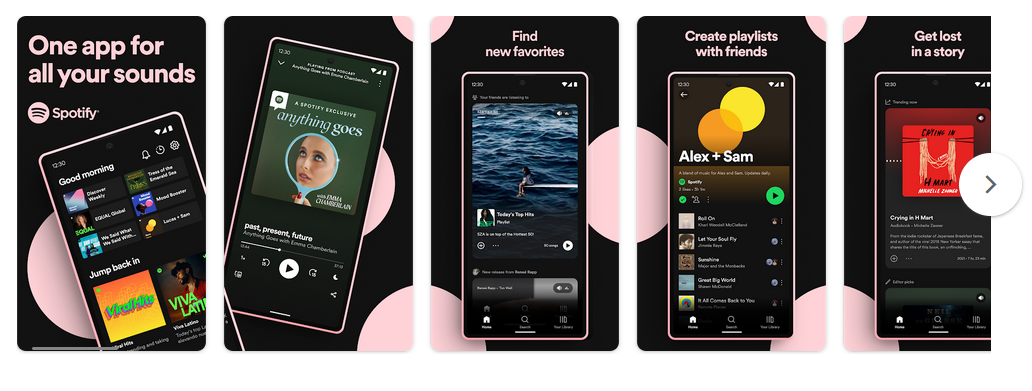
Hard Paywall
A “hard” paywall, by contrast, is when content is completely gated and inaccessible without purchase. This can make it harder to sell since customers don’t get the “free trial” effect of the soft paywall. But a hard paywall may be a good fit in cases where content is either unique or exceptional enough that subscribers will spend the money upfront.
Examples of a hard paywall
Netflix: There’s no free or ad-supported version of Netflix (as of writing this). If you don’t pay a membership, you don’t get past the paywall.
The Wall Street Journal: Unlike the New York Times, the Wall Street Journal gives nothing away for free. You have to be one of the 3.5 million subscribers to read even one article.
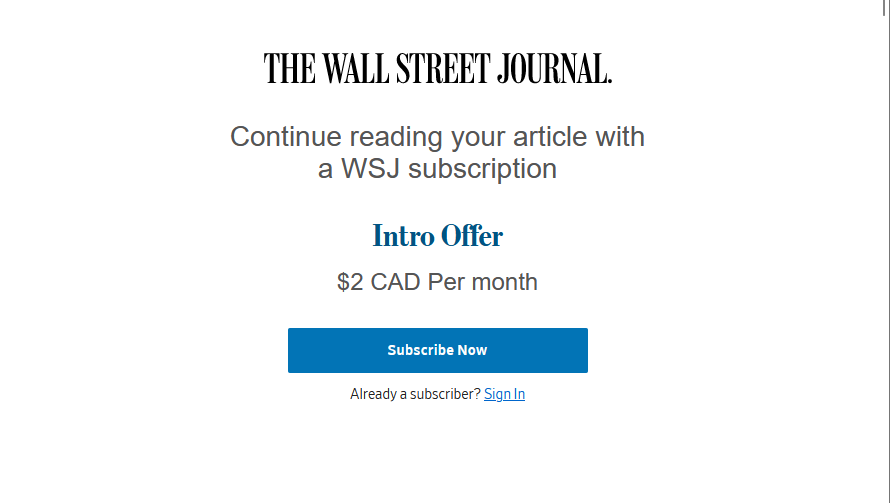
Metered Paywall
A metered paywall is when you can access content for a set period of time or for a certain number of uses before you’re forced to pay. Metered paywalls often reset monthly.
Many news outlets use this structure, for example, allowing users to read 5 free articles a month before charging for access. It’s also common for SaaS companies to use a type of metered paywall to control a certain plan. For example, your plan might include “20 reports a month”--that’s a type of metered paywall too.
“Soft paywall” and “metered paywall” are often used interchangeably, but the difference between the two is that soft usually refers to a premium section of content while metered refers to a paywall after a user has accessed a certain amount (more on this in a minute).
Examples of metered paywalls
The New York Times uses a metered paywall, allowing readers to access 20 articles a month before prompting for a subscription.
Skillshare: Members used to be able to watch a certain number of courses free every month before being prompted to pay for a membership (note they don’t do this anymore).
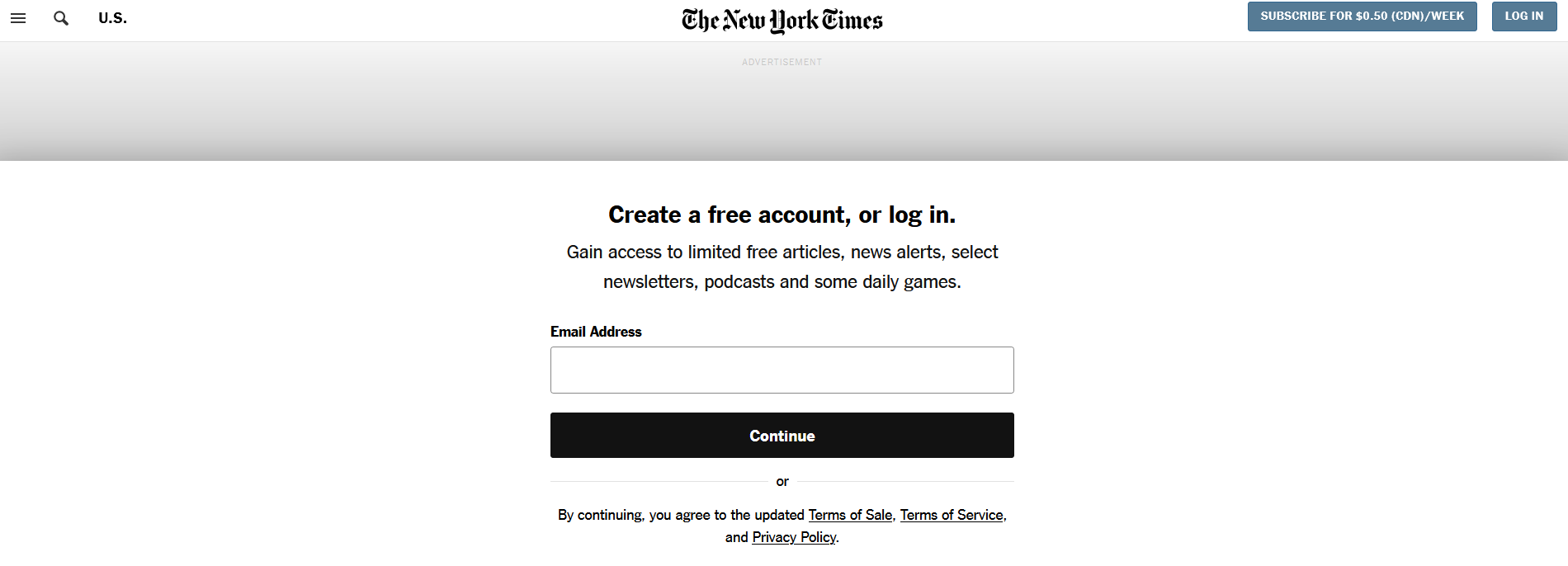
Reasons for paywalls
So why do brands even have paywalls? If done right, a paywall can give brands and creators something they need: either revenue, more users, or both. Here’s how it works.
Creating predictable revenue: The paywall is a great way to monetize content, creating the ultimate, subscription-based recurring revenue businesses can thrive on. The New York Times made almost $1 billion from its digital subscriptions in 2022, signifying that the paywall was paying off.
Win new members: Since the New York Times has a metered paywall, it also works like a free trial. Readers can get a taste for the journalism and pay if they want more. With membership communities, some Hosts use metered or soft paywalls to grow–since people can come in for free and upgrade to a paid plan if they want more.
Better user experience: Ads suck, and a lot of people are willing to pay to avoid them. With brands like Netflix and Disney+, experience has taught that people are willing to pay for access, and the platforms don’t need to interrupt the experience with annoying ads.
Signals quality: Having a paywall can signal that you’re serious about quality. After all, if people are paying to read your newspaper or access your content, it had better be good.
Increased dedication: We watch online communities, and we’ve found that often paid membership communities are the most active. People value what they pay for, and it can be hard to get people to take a free community seriously (that’s why Facebook Groups aren’t great).
What to consider before launching a paywall
Balancing trials with paid content: For most brands, finding the balance between using content to attract new members and monetizing the content can be a delicate process. Even big companies are mining their data to understand how to squeeze as much revenue from the paywall without jeopardizing growth.
Competition: You’ll need to understand your competition–can your members just get the same thing for free somewhere else? (Often the answer is no, but you’ll need to be clear of your value proposition.)
Other monetization options: Paywalls aren’t the only way to monetize content. From ads to courses to patronage to sponsorship, you might find another model that works for your brand.
User Experience: If adding a paywall or a metered paywall dramatically reduces the quality of your members’ experience, you might want to reconsider it.

Examples of businesses that can use a paywall
Here are some examples of businesses that can benefit from a paywall:
Journalism: We looked at examples of Newspapers (e.g. the New York Times) above. Paywalls have breathed new life into journalism and kept a lot of papers and magazines afloat.
Streaming services: From Spotify to Disney+, most of us are subscribed to at least one streaming service with a paywall.
Online communities: At Mighty, we see online communities with paywalls thriving every day. From memberships to premium content to courses, communities are a unique, member-led business.
Marketplaces: Amazon Prime offers a paywall that gets you faster and cheaper shipping.
Software: Most software monetizes with paywall in one form or another; like Adobe Creative Cloud or Evernote or Dropbox.
Content Creators: Content creators can monetize with paywalls, whether it’s using Medium for blogging or creating their own premium gated content.
Academic research: Most academic journals monetize with paywalls and then sell memberships to institutions–often libraries pay the fees so their members can have access.
In short, paywalls are a great way to monetize content while growing your brand. They’re becoming more and more common, and we’ll likely see a lot of paywall business in the future.
Now Read: How to Make Money Blogging
Ready to start building your community?
Start a free 14-day trial to explore Mighty—no credit card required.
More like this
Join Mighty Community
Learn the principles of Community Design™ (and see them in action) alongside thousands of creators and entrepreneurs. It's free to join!

Online Courses
Creating a Course
Teaching a Course
Course Platforms
Selling a Course
Communities & Memberships
Community Platforms
Managing a Community
Building a Community
Growing a Community
Monetizing a Community
Content Creation
Creators & Entrepreneurs
Monetization
Content Creation
Starting a Business
Website Builders
Creating & Managing a Website
Events
Event Platforms
Hosting & Marketing Events
Branded Apps
Creating a Mobile App
Coaching Apps
Community Apps
Coaching
Mastermind Groups
Starting a Coaching Business
Coaching Platforms
Filter by Category
Online Courses
Communities & Memberships
Creators & Entrepreneurs
Events
Branded Apps
Coaching
Build a $1 Million Community
This free masterclass went viral—sign up to learn why.






